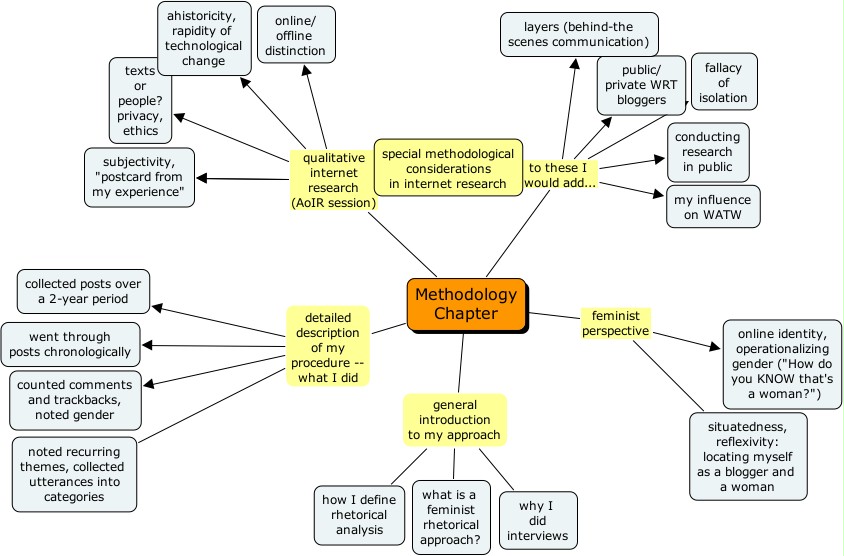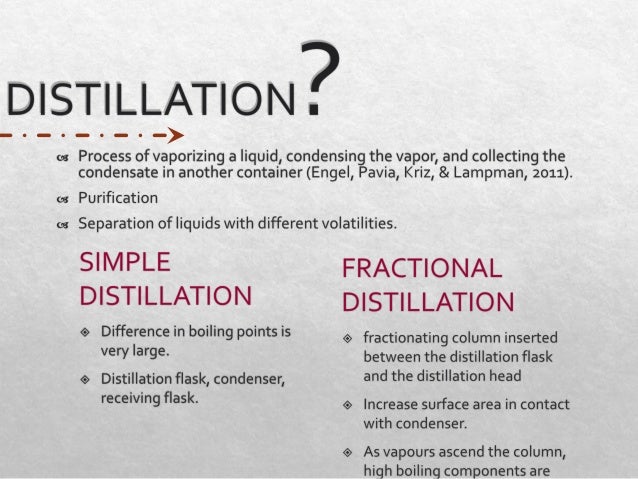An Analysis of John Gast’s “American Progress” (1872.
American Progress by John Gast, 1872 At first glance, the painting above may seem very odd. There is a woman flying above what appears to be settlers on the open plains. However, after examining this image closely it begins to make more sense. The title of this painting is American Progress by John Gast.
A Visual Analysis of “American Progress” by John Gast This visual art analysis will define the idea of progress that is symbolized in the painting “American Progress” by John Gast. Gast often implies that European technology and the symbol of Columbia as a harbinger of civilization to the west were the primary goal for pioneers in the 19th century.
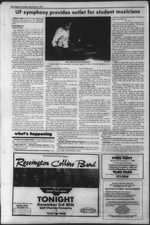
John Gasts’ American Progress painting is clear to interpret even though the representation of events is not realistic. With Lady Liberty flying east to west, she is seen as a goddess like embodiment of the United Sates. With the changing environment in the painting, Lady Liberty is used to represent this because of the power woman hold.

John Gast's Painting, American Progess, Shows Human Progress Requires Sacrifice, Suffering, and Struggle 789 Words 4 Pages Human progress is neither automatic nor inevitable. Every step toward the goal of justice requires sacrifice, suffering, and struggle; the tireless exertions and passionate concern of dedicated individuals.

John Gast’s painting, “American Progress”, illustrates many depictions of the early movement and development of the United States.This particular painting defines uniqueness and character throughout.Looking at it geographically the angel portrayed in the middle is floating westward as though she is exemplifying the Westward Expansion.
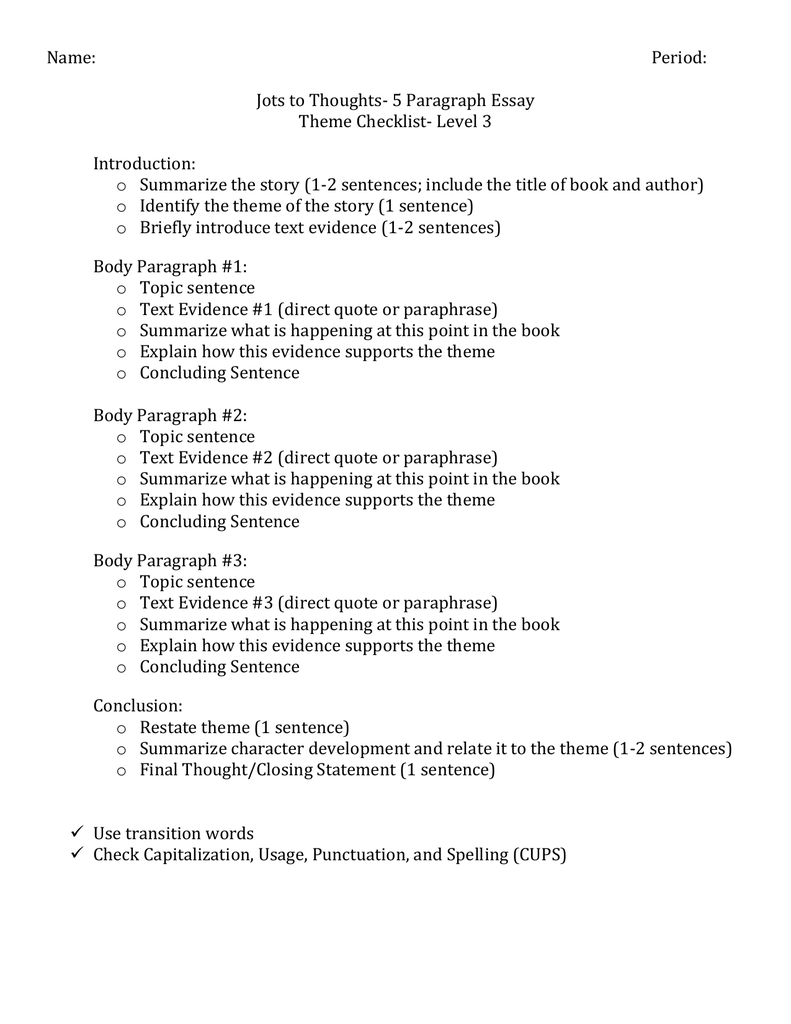
American Progress (1872) is a patriotic painting by John Gast portraying the beauty of our country’s expansion. Yet, was America’s expansion this destined, peaceful movement of the country spreading west? In the painting, Gast shows that it was the America’s destiny to expand, spread technology, and civilize the untamed west.

American Progress is an 1872 painting by John Gast, a Prussian -born painter, printer, and lithographer who lived and worked most of his life in Brooklyn, New York. American Progress, an allegory of Manifest Destiny, was widely disseminated in chromolithographic prints.
In 1872, John Gast created a masterpiece that not only exemplified what American society was like, but global advancement as well. This artwork, rightfully titled “American Progress” is a clear display of the journey Americans were taking in attempt to civilize the world to their standards, what would become known as the White Man’s burden.

The tanks and tents in the background symbolize an ongoing war. This conflict intensifies the urgency, which calls for the audience's help. Subject This political cartoon deals with imperialism. It was published in 1907, during an era of American imperialism over Central American.

Manifest Destiny John Gast’s painting titled “American Progress” does a stellar job grasping the idea of “Manifest Destiny”, a term created by John L. O’Sullivan in his article on the Annexation of Texas, published in 1845. Gast uses several depictions to evoke emotions that fuel patriotism.
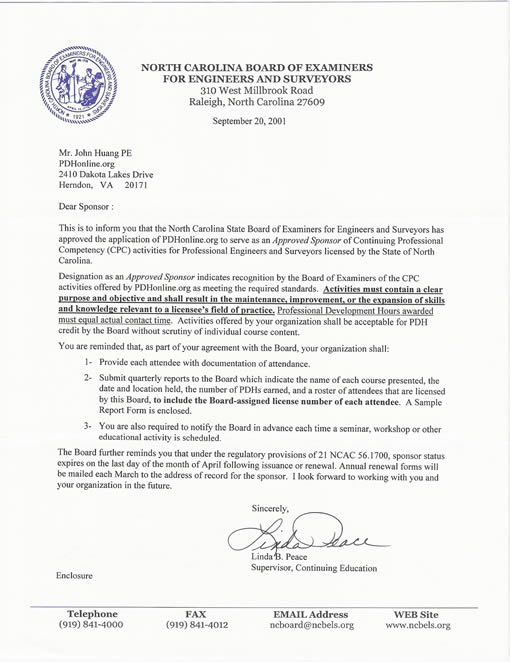
American Progress by John Gast, 1872 While Manifest Destiny was the “ideological conceit” (The Crowded Prairie, Coyne p5) which justified expansionism, visual propaganda like this engraving by John Gast was used to promote the westward movement of the population to link eastern and western states, to inspire thousands of easterners to seek out a new life in the new lands.

Painted in 1872 by John Gast, the lithography American Progress is deemed one of the most iconic 19 th century American paintings (Thrush, 2016, p.554). It portrays the clash of settlers and Natives on the American Frontier.

Through different paintings, Thomas Cole's Hunter's Return (1845), Asher B. Durand's Progress (1853), George Inness' Lackawanna Valley (1855), Frances F. Palmer's Across the Continent (1868) and John Gast's American Progress or Manifest Destiny (1872), we will try to understand how perception of American progress, technical as well as.
